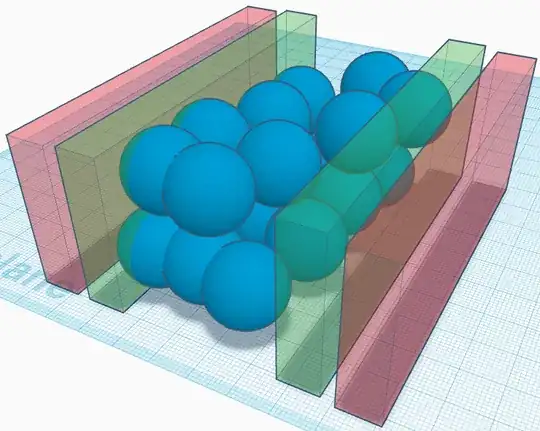I'm reviewing and expanding my knowledge of dimensions.
We live in three spatial dimensions but, apart from volume, we also have the concept of surface and curve. However, if you write a line on paper, it won't be a true two-dimensional object since you can assign a volume to the ink. Similarly, the paper itself has some non-zero width.
Therefore, it seems to me that we can't have a two-dimensional object in a three-dimensional environment. Maybe the best realization of this idea is to consider the image from a screen: we can see two-dimensional output on computer monitors; each pixel has length and width. However, is there a true one-dimensional object?
What I mean by "true" is something that can be observed in our 3D world, as opposed to a false example, such as a line on a piece of paper that becomes a 3D object when zoomed in.
